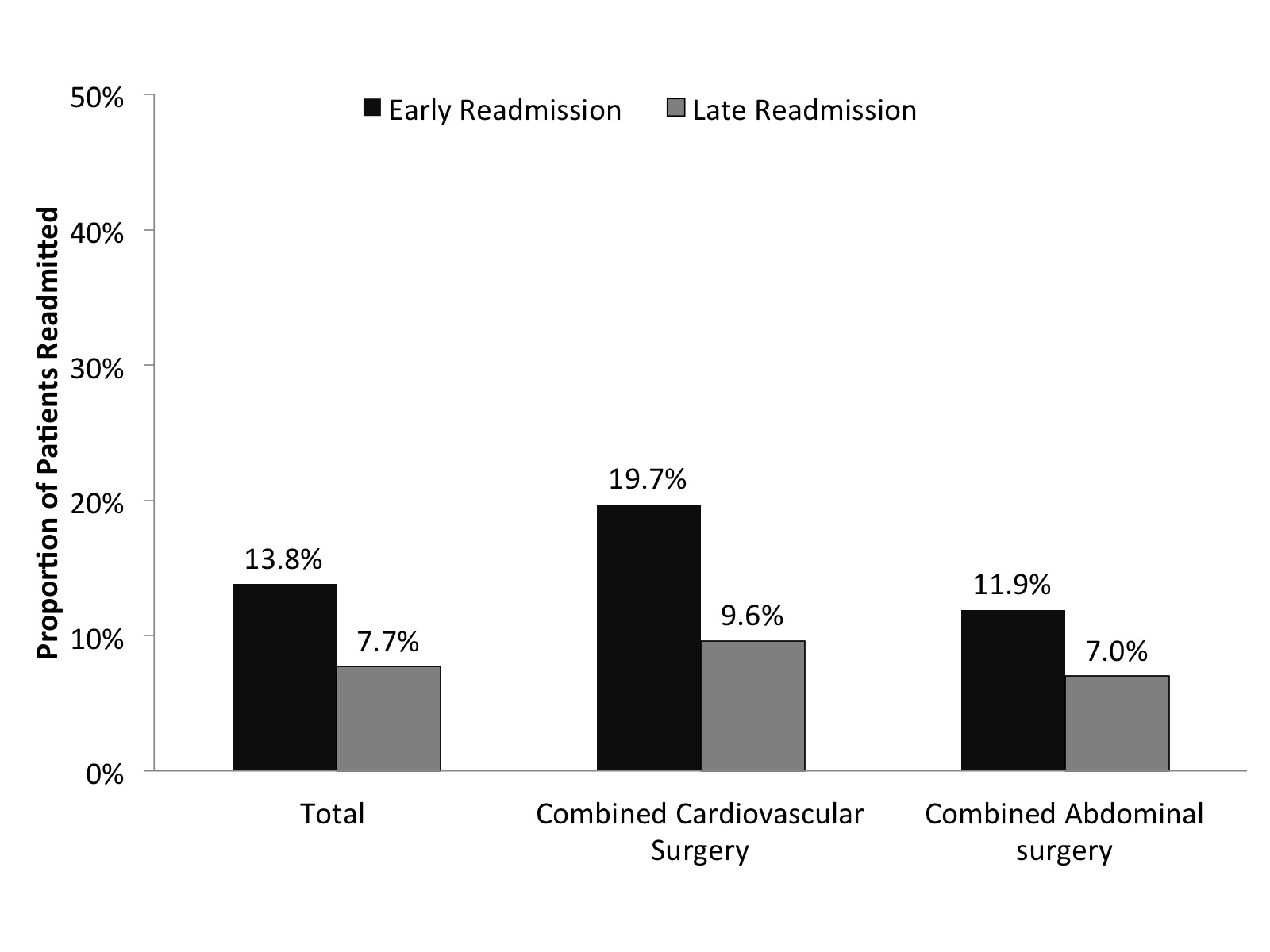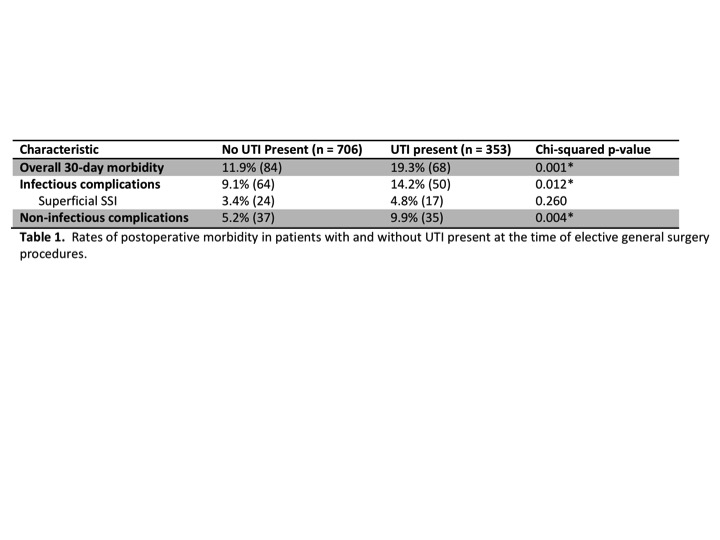S. Patil1, R. Chamberlain1,2,3 1Saint Barnabas Medical Center,Surgery,Livingston, NJ, USA 2Saint George’s University,Grenada, Grenada, Grenada 3Rutgers University,Surgery,Newark, NJ, USA
Introduction: The lifetime risk of inguinal hernia in American males is 25%. Nearly 600,000 inguinal hernia surgeries are performed in the US per year. Recurrent inguinal hernia (ReIH) remains a clinical challenge, with an incidence rate of up to 13%. This is the first population based study analyzing demographic, clinical characteristics and outcomes in patients with ReIH.
Methods: The National Inpatient Database (NIS 1988-2010) was queried to identify patients with ReIH. Discharge weights were applied to get National estimates. Three age groups were compared for demographic and clinical differences, using standard statistical methodology.
Results: 248,487 patients were identified with ReIH, with a mean age of 65.9±16.3 years, 60% of patients were >65 years of age, p < 0.001. Majority were males (95.6%) and Caucasians (86.1%). With increasing age ReIH decreased in Blacks and Hispanics, p <0.001. 55.5% had non-elective admissions and was common among all age groups, p <0.001. ReIH was less common in the Western part of the US (13.1%) similar in all age groups. The majority (61.6%) had an uncomplicated presentation, but the incidence of obstruction and strangulation rose with advancing age, p <0.001. The majority presented to Urban (80.5%), non-teaching (67.3%) hospitals. 50.6% received repair with mesh and 39.3% without mesh, the use of mesh increased with increasing age, p <0.001. 89.4% were discharged to home, with the highest discharge to a nursing home in patients > 65 years (8.4%). Overall in-hospital mortality was 0.7%, with highest in patients > 65 years (1.1%). The mean LOS was 3.2±4.3 days, highest in patients > 65 years, 3.8±4.9 days, p <0.001
Conclusion: ReIH is more common in patients > 65 years, males and Caucasians, with mortality as high as 1.2%. The higher nursing home discharges and higher mortality in the elderly population may be related to increasing co-morbidities. ReIH repair without mesh is performed in up to 40% of cases and is a cause for concern, representing a potential unmet educational challenge.







